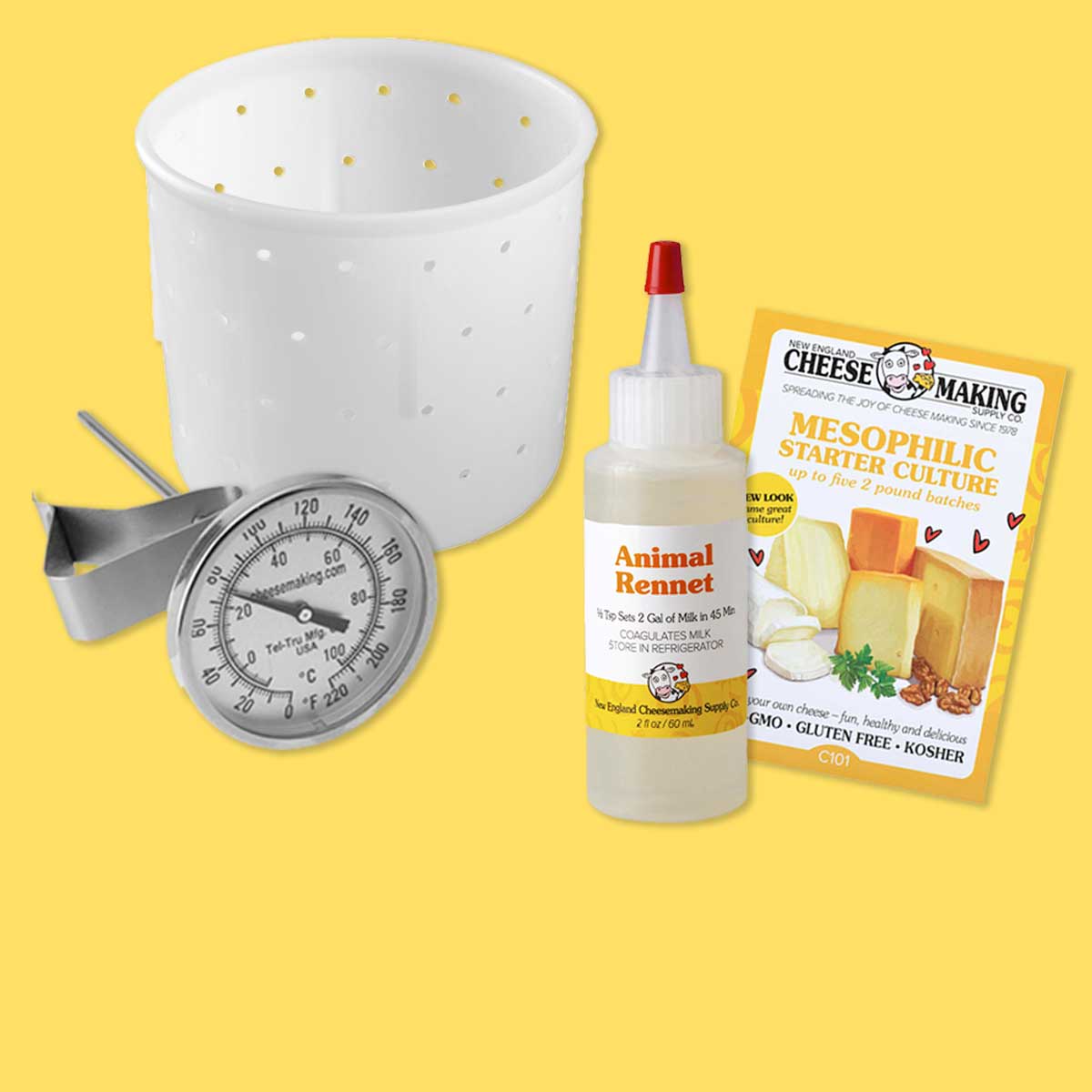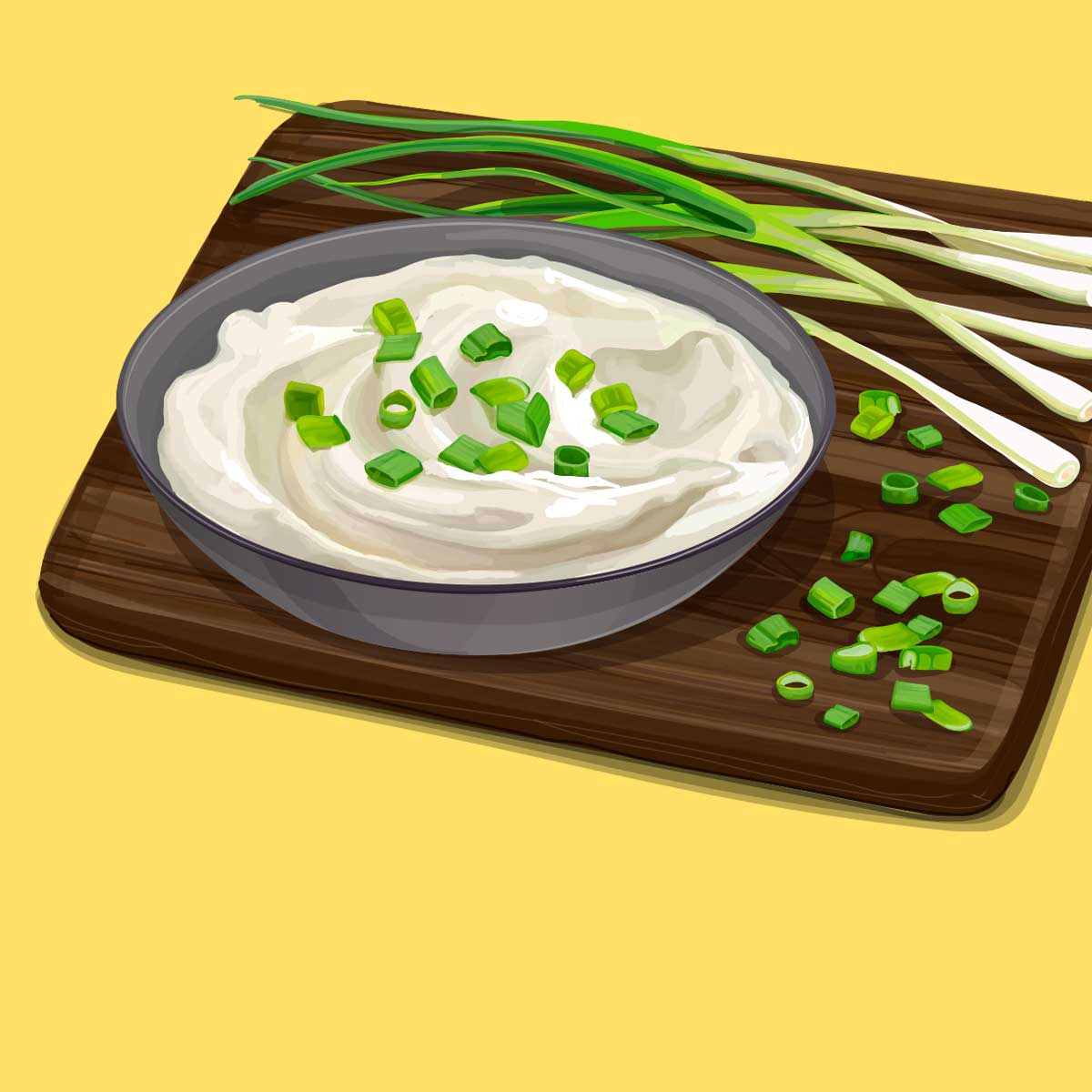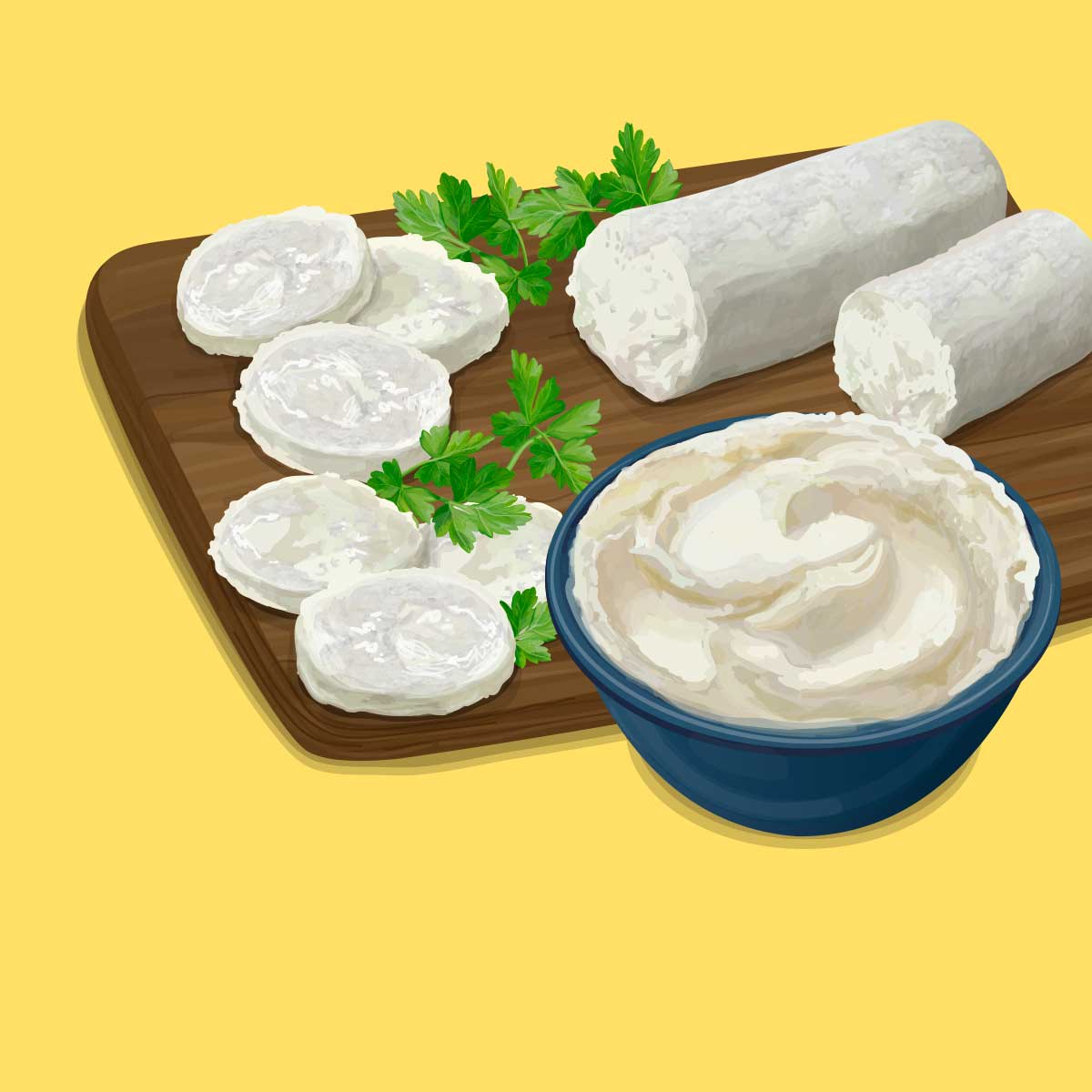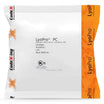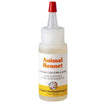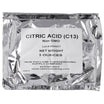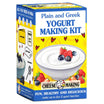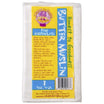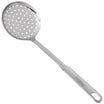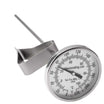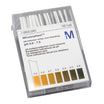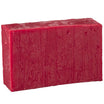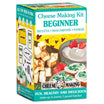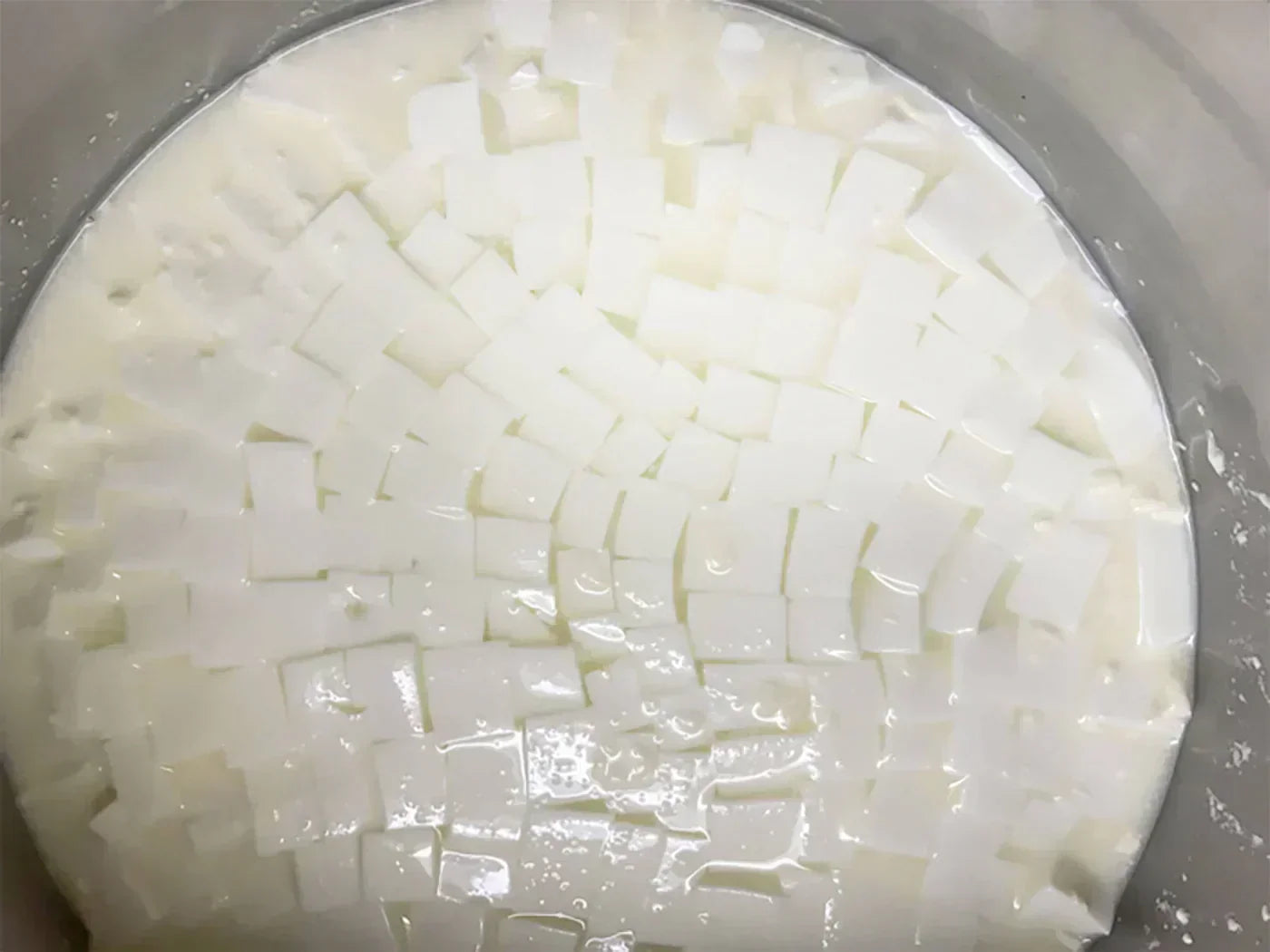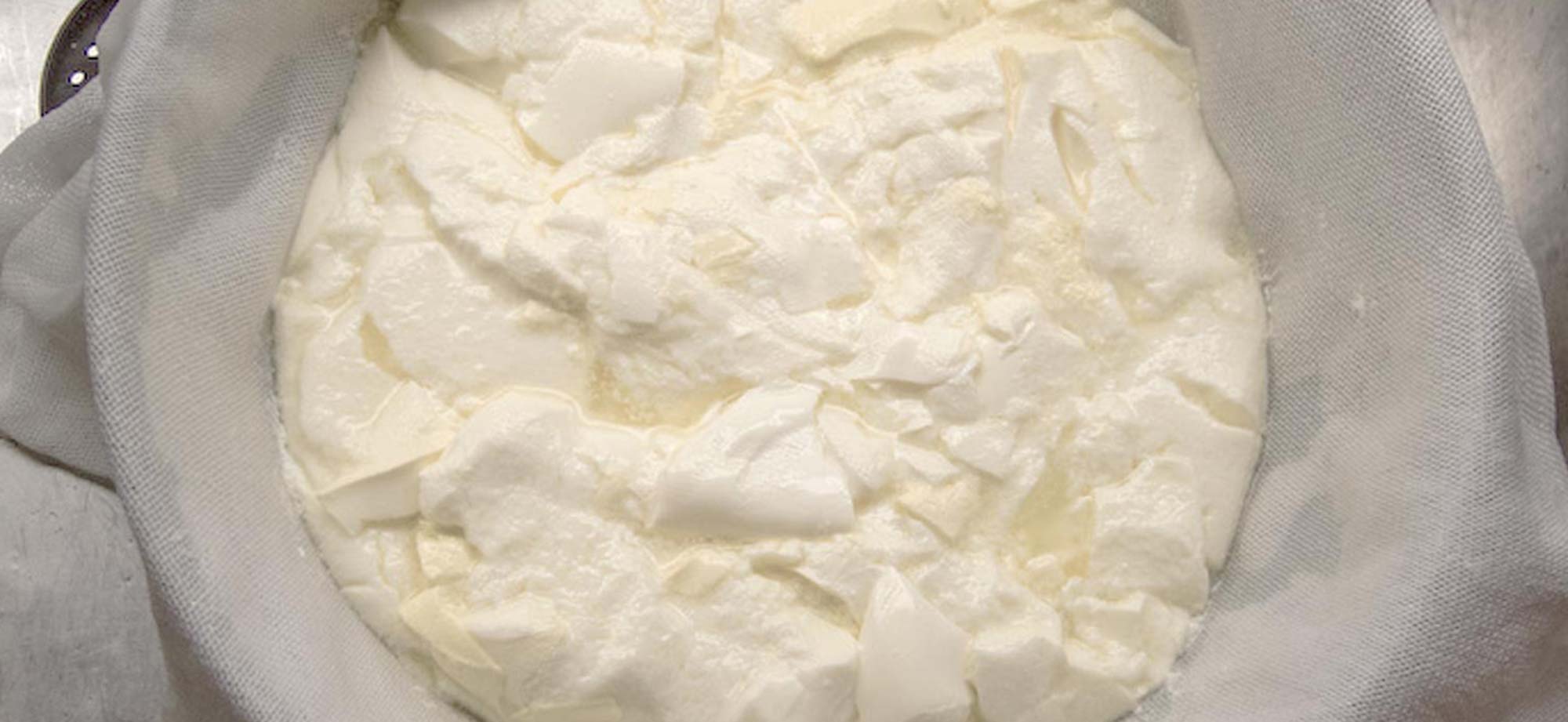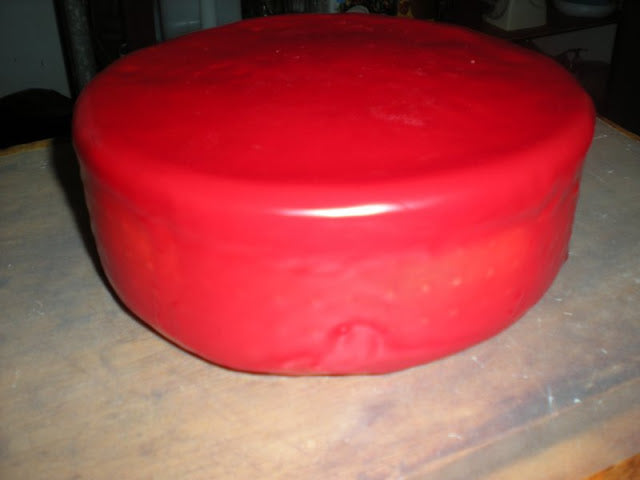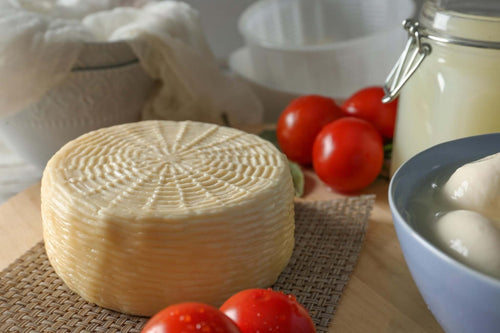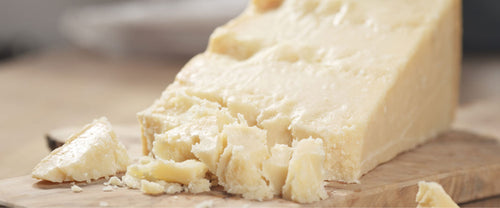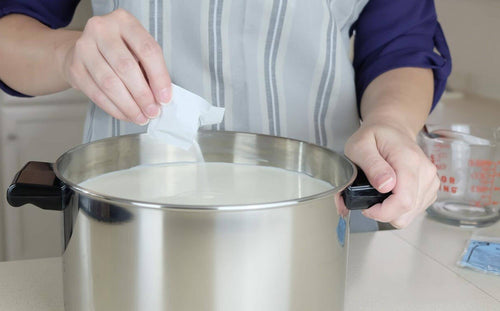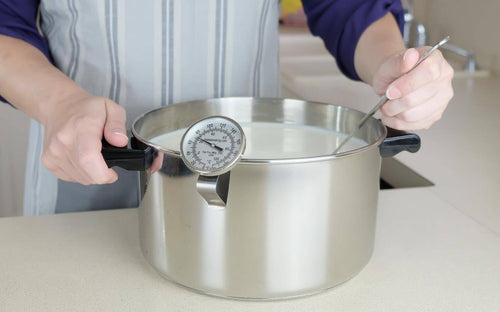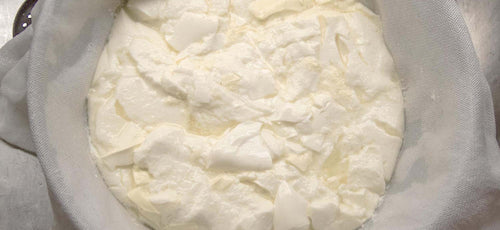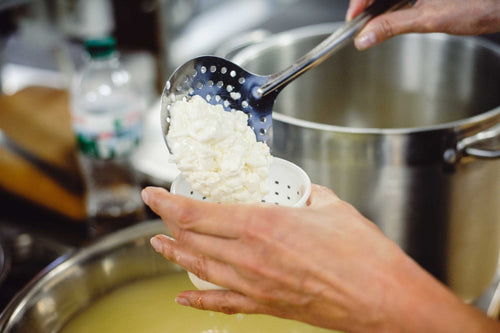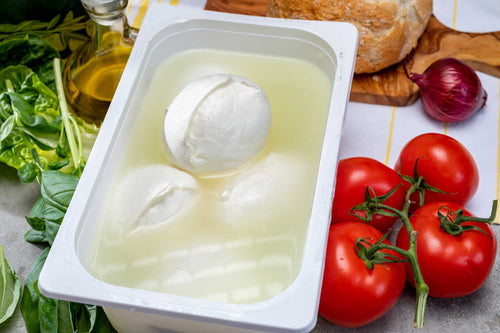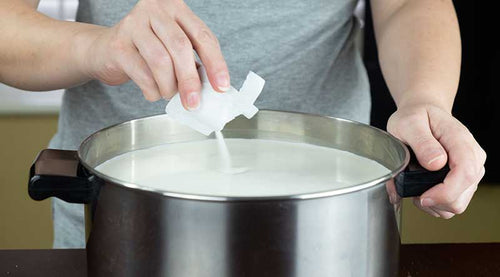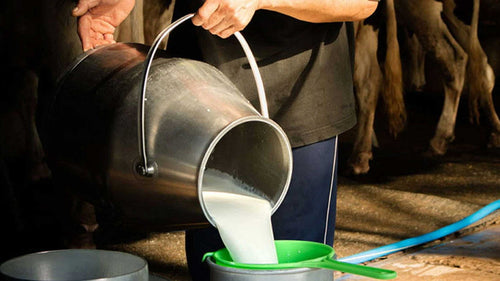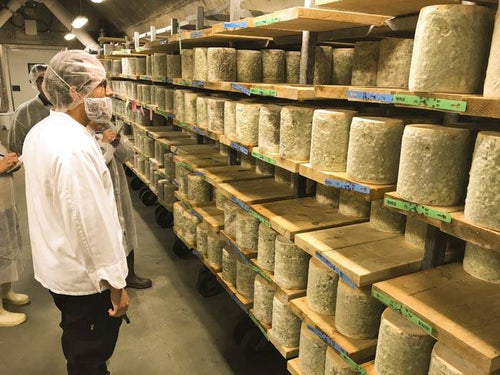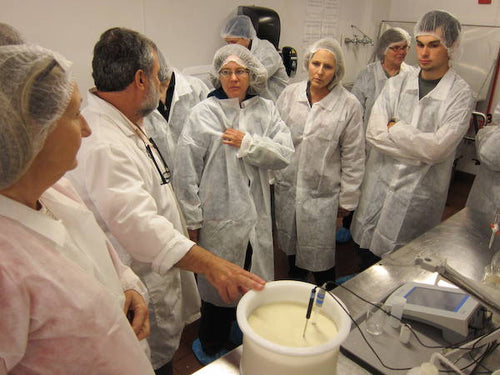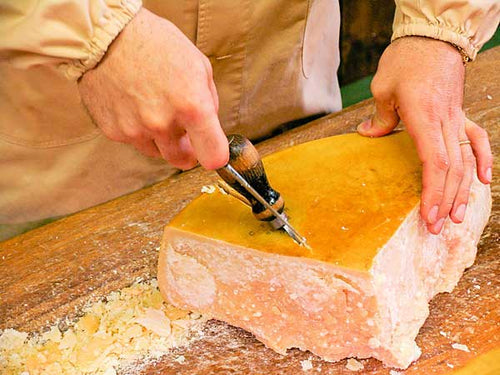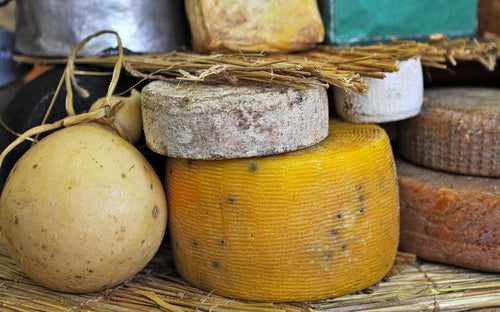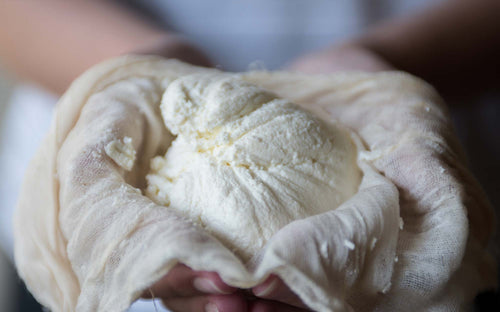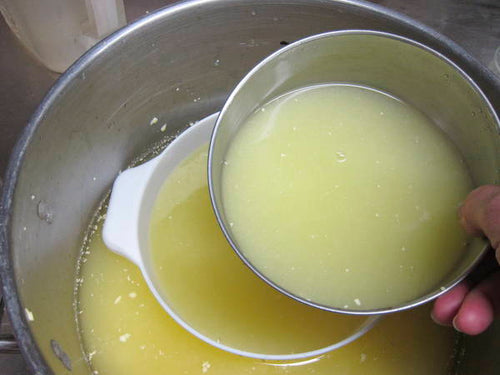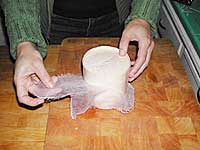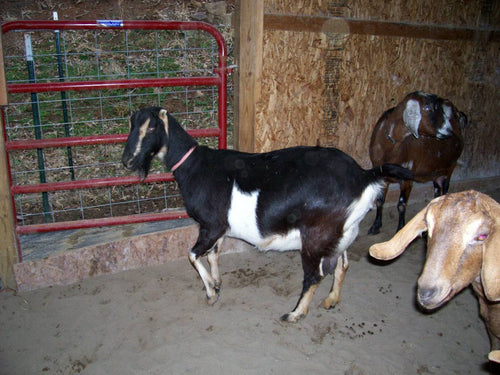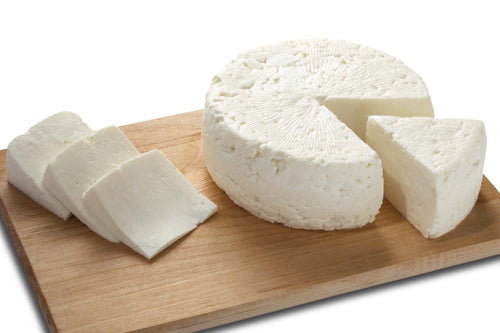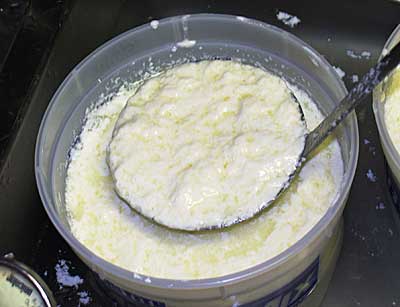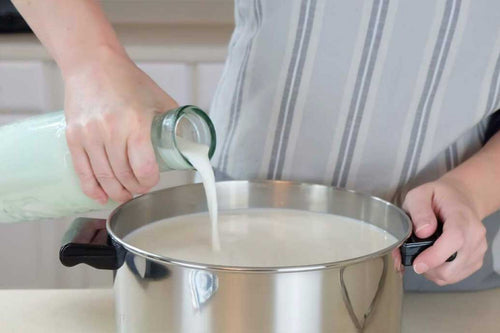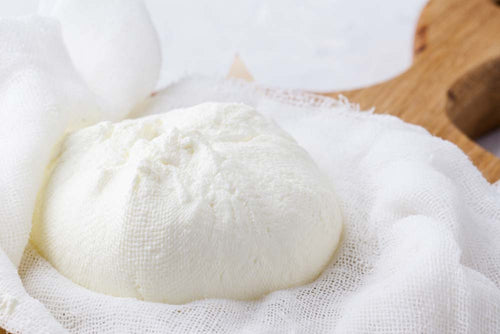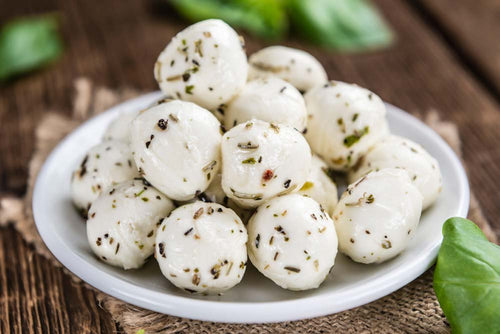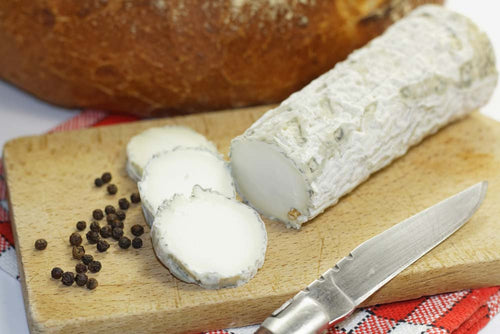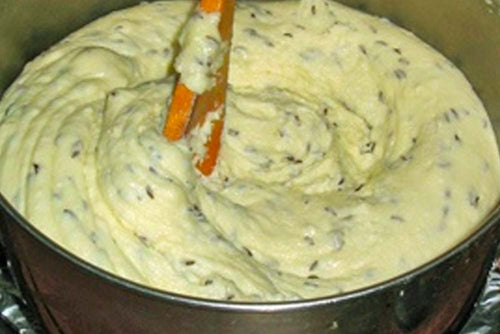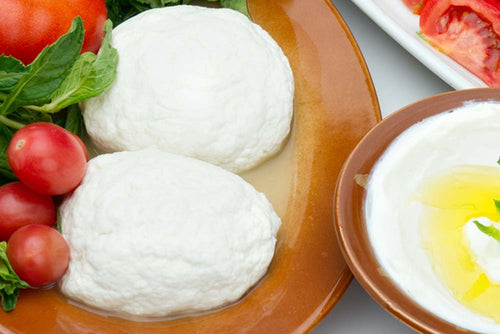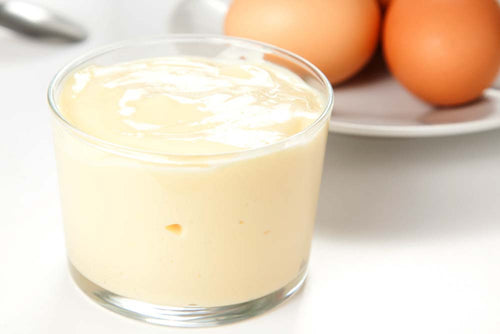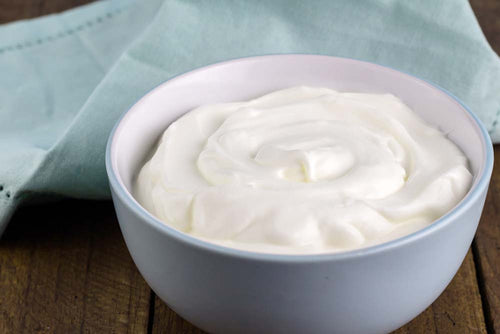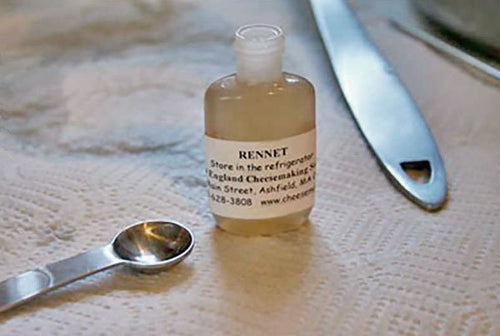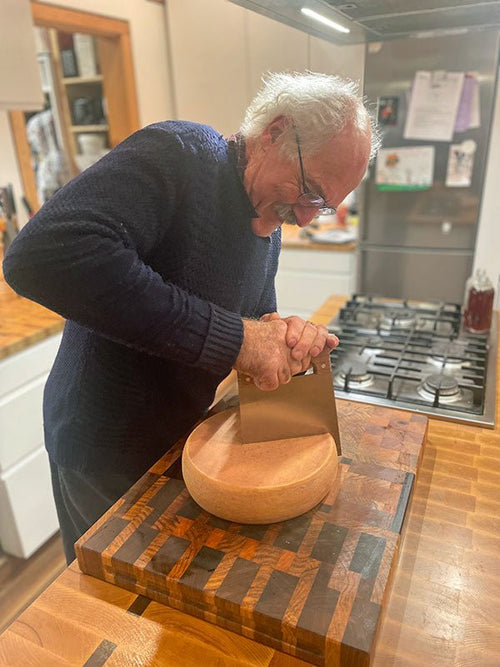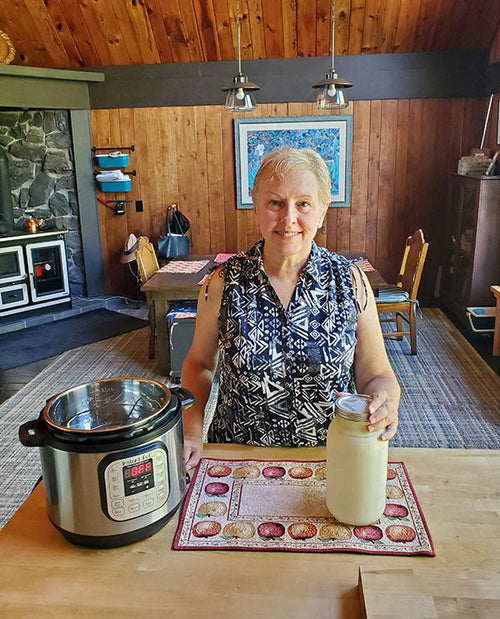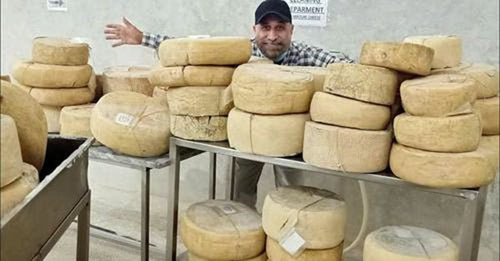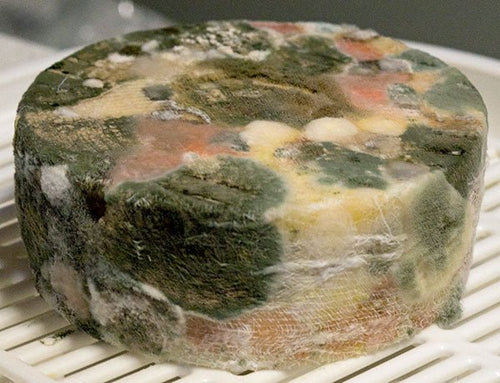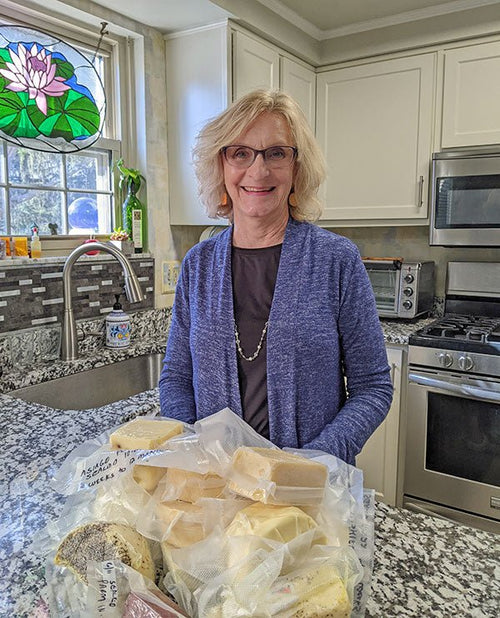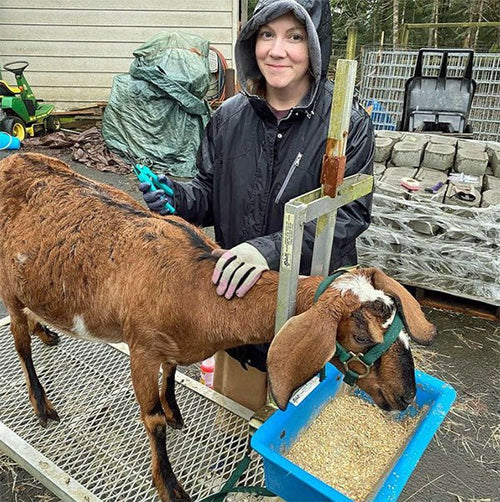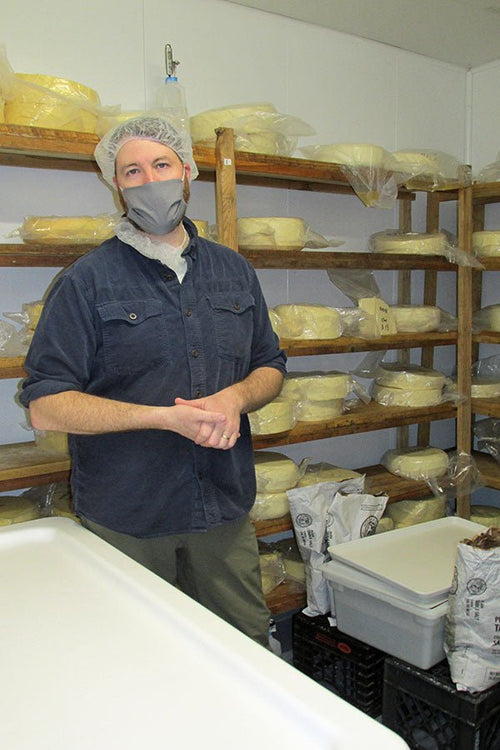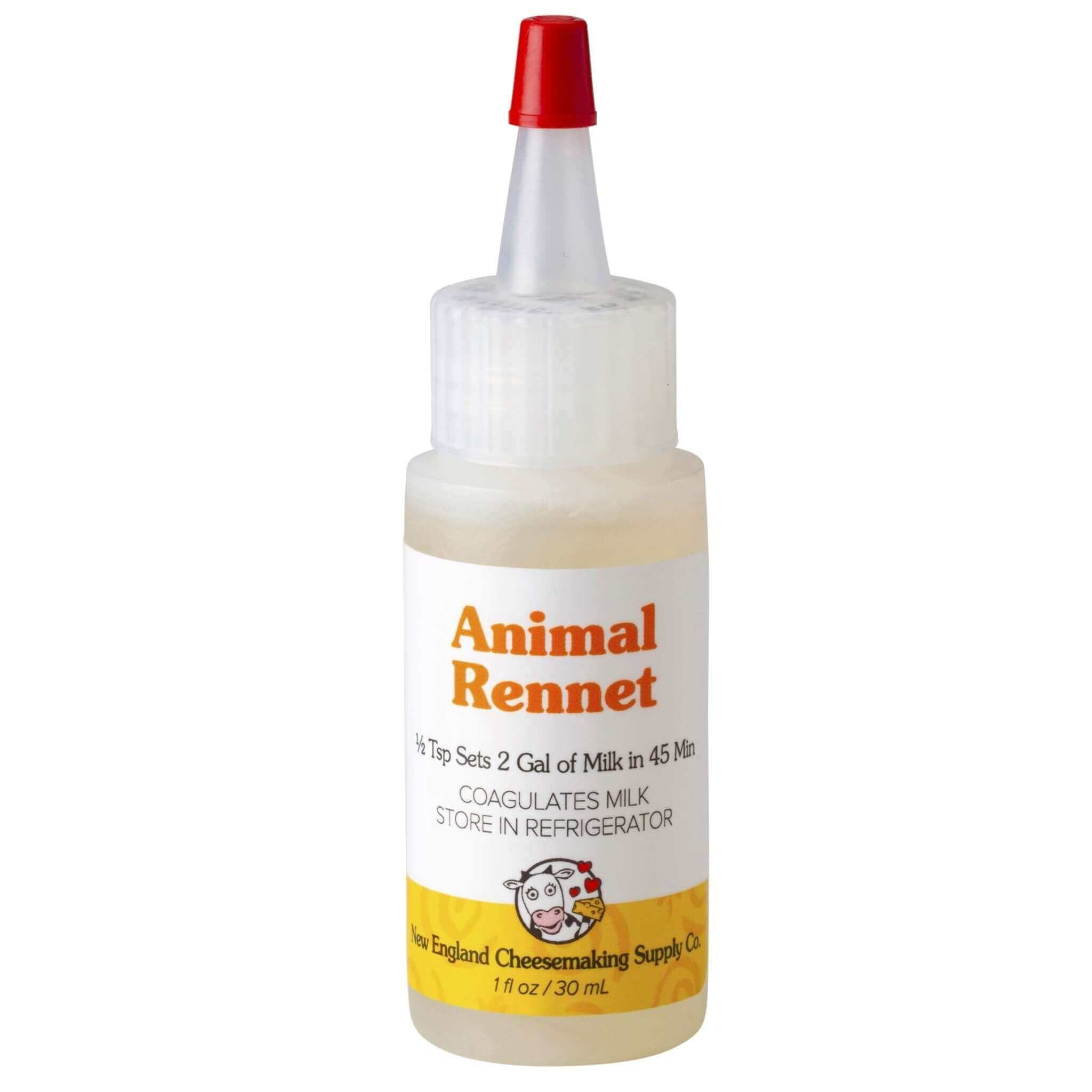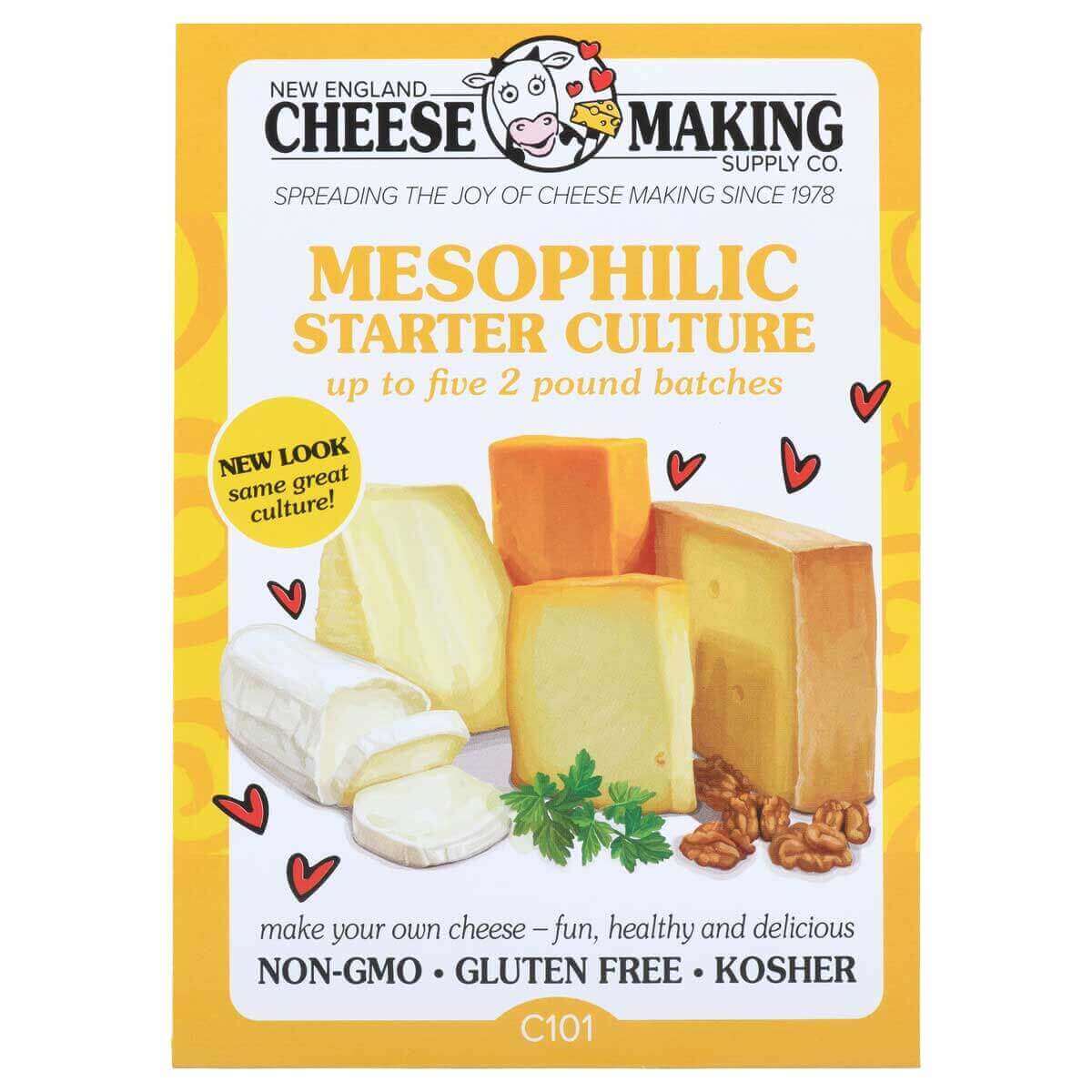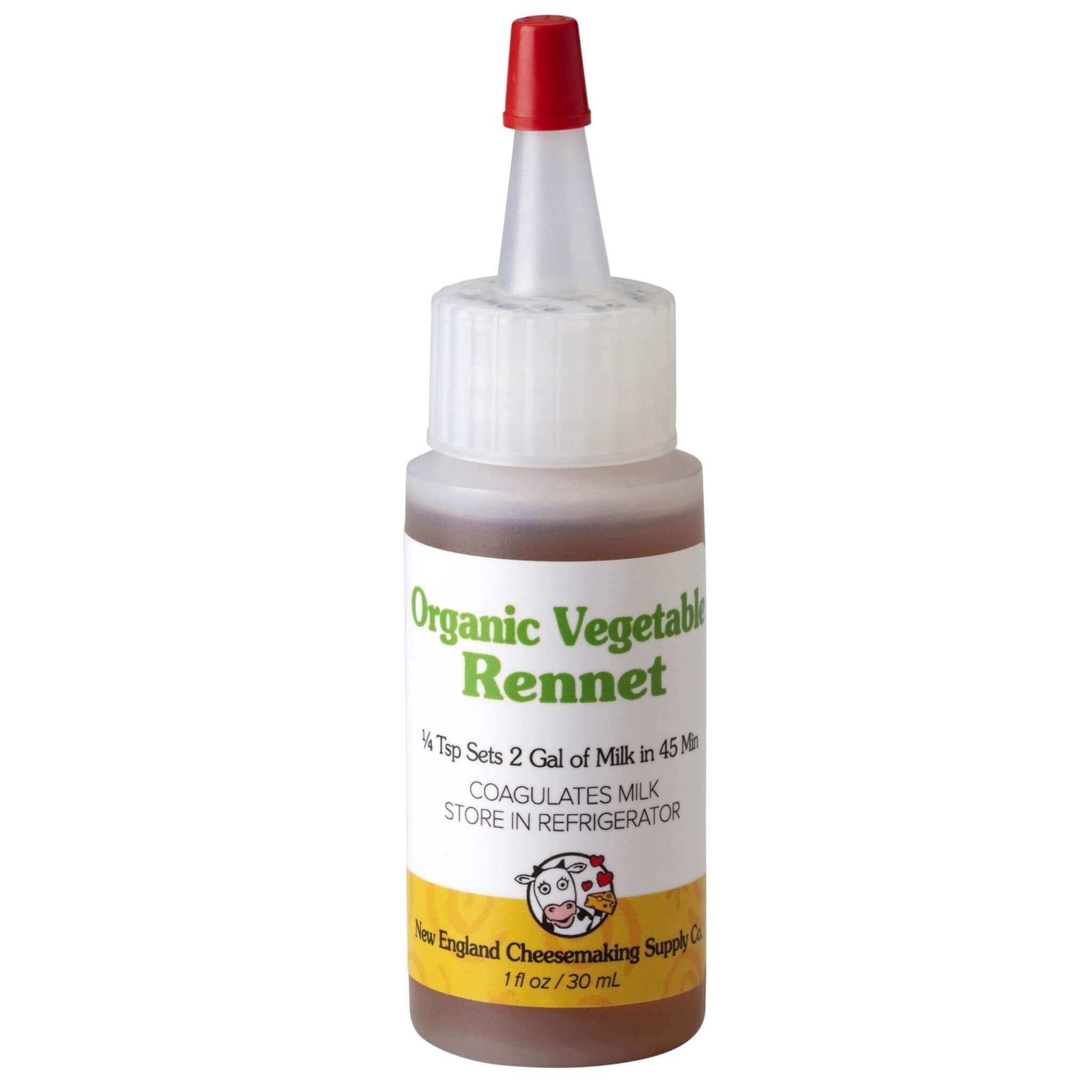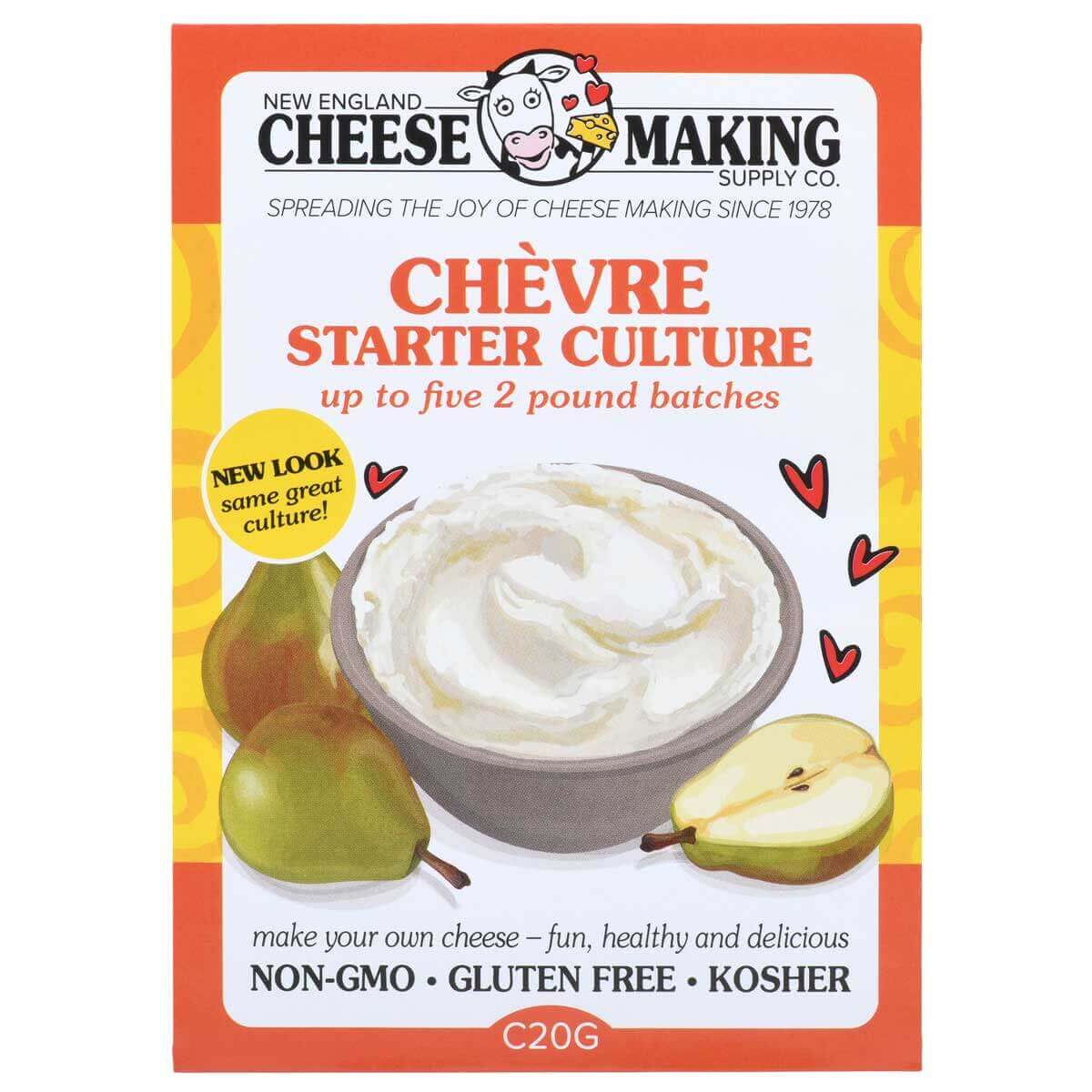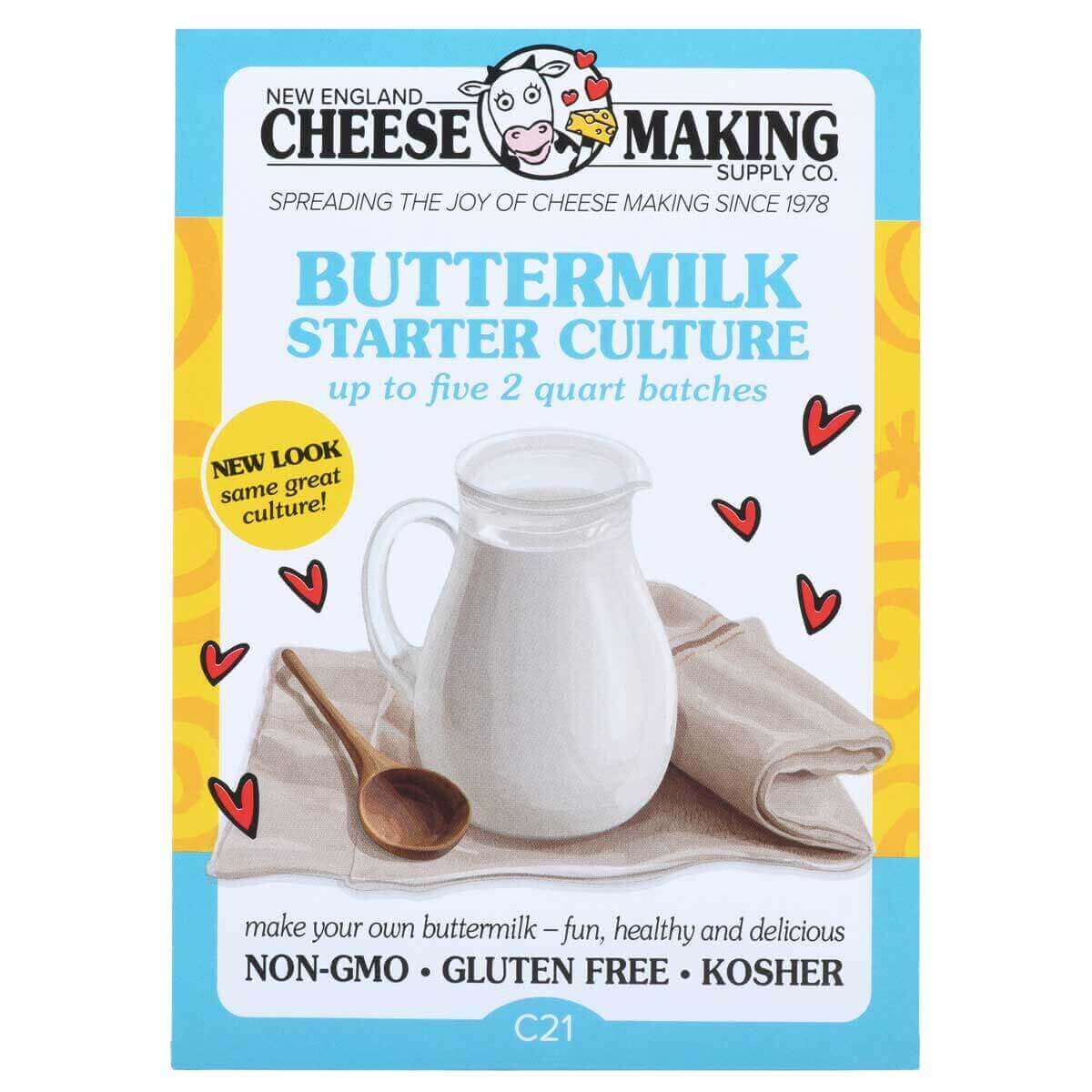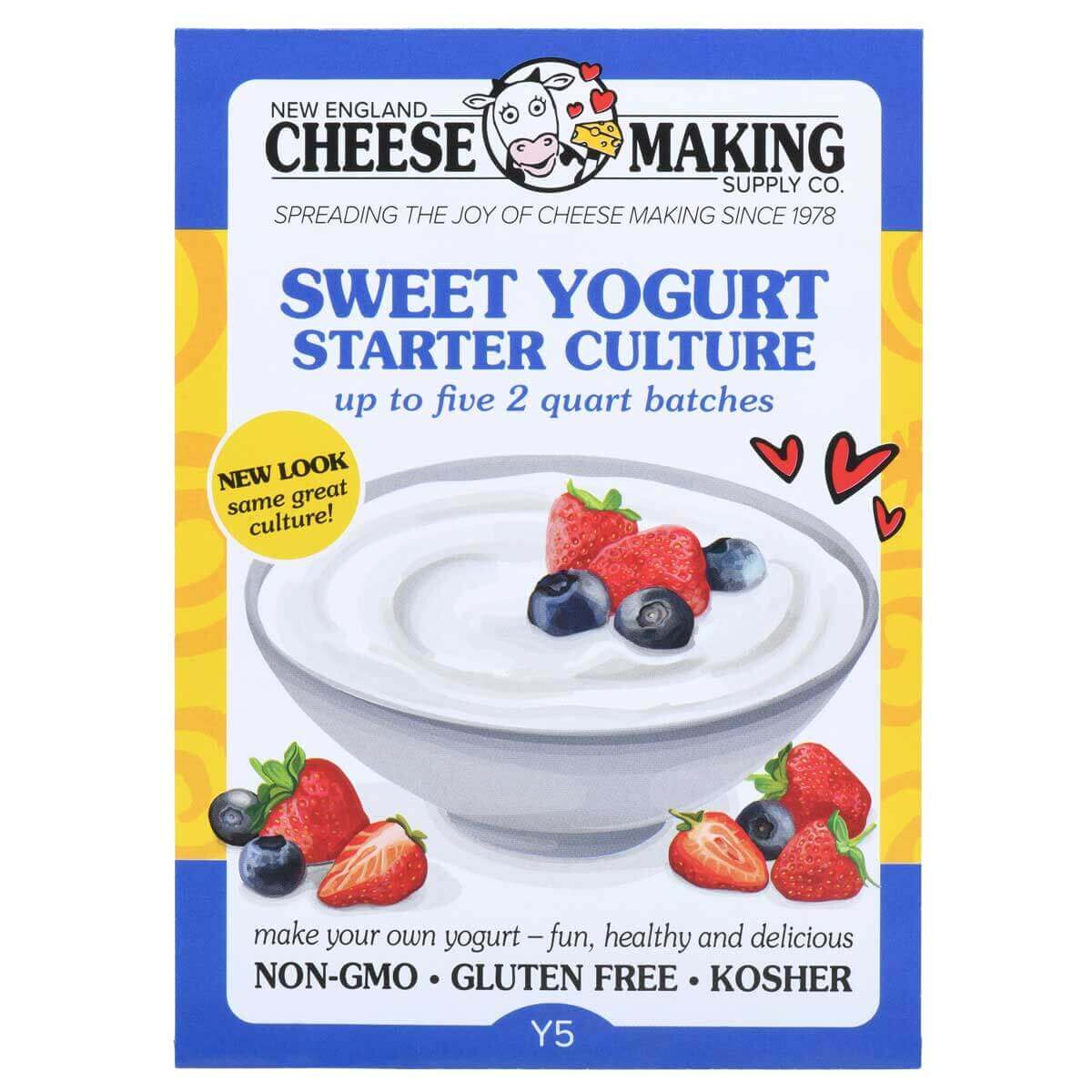Welcome to your go‑to guide on rennet—the magic enzyme that transforms fresh milk into the cheese you love. Whether you’re a curious beginner or a seasoned home cheese maker, you’ll learn about the different types of rennet, when to add it, and how to troubleshoot common issues. By the end, you’ll be confident choosing the perfect rennet for any cheese you’d like to make—when you’re ready, take a peek at our full Rennet Collection to see which options catch your eye.
What Is Rennet?
Rennet is an enzyme blend that transforms ordinary milk into delicious cheese. By gently binding milk proteins into a solid network, rennet lets curds and whey part ways—giving you the building blocks for cheese, from soft, fresh curds to firm, aged wheels.
At its core, animal rennet is about 80% chymosin and 20% pepsin. You only need about 1/4 tsp per gallon of milk (we’ll cover adjustments for different strengths and recipes in just a minute). Rennet begins working between 85°F and 105°F (and dies off around 140°F), so keeping an eye on temperature—and knowing when to cut or drain curds—will help you nail the texture every time.

How Rennet Works
Rennet transforms milk into cheese through a simple yet elegant process: the enzyme chymosin cleaves the “fuzz” (κ‑casein) from casein micelles, causing them to merge into a gel‑like network—your curd. To master this transformation, keep an eye on three critical factors:
Temperature (85 – 105°F):
- Too cool? Rennet is sluggish.
- Too hot? Curd sets unevenly.
Tip: After stirring in rennet, turn off direct heat for a steady environment.
pH & Starter Cultures:
- Before adding rennet, cheese making cultures (friendly bacteria) lower acidity just enough to prime proteins—boosting enzyme action and adding tangy flavor.
Tip: To learn more about pH check out our cheese making pH guide.
Time:
- Let the milk sit undisturbed to form a firm curd, refer to a recipe for specific timing.
- If the curd isn’t ready, give it another 5–10 minutes.
By balancing temperature, acidity, and time, you’ll achieve consistent curds ready for cutting, and draining.
Types of Rennet
Here’s a quick tour of the enzyme sources you can choose from. Whether you lean on centuries‑old animal or thistle traditions, modern microbial consistency, or precision fermentation‑produced chymosin, this guide helps you pick the right rennet for your cheese style.
- Source: Stomach lining of milk‑fed calves (90% pure chymosin)
- Pros: Ideal for long‑aged, hard cheese—residual enzymes help break down proteins over months.
- Cons: Not vegetarian; not suitable for kosher or halal diets.
- Source: Cultured fungi (Mucor miehei)
- Pros: Vegetarian‑friendly, cost‑effective, consistent enzyme activity.
- Cons: May impart a slight bitterness in very long‑aged cheese.
Vegetable (Plant‑Based) Rennet
- Source: Cardoon/thistle, nettles, figs
- Pros: Traditional choice for certain Mediterranean cheeses; creates unique flavor and texture profiles.
- Cons: Strength varies by batch; some plant enzymes can produce bitterness after 6 + months of aging.
Fermentation‑Produced Chymosin Rennet
- Source: Fermented microbes engineered to produce chymosin
- Pros: High purity, ultra‑consistent strength, vegetarian.
- Cons: Perceived by some as “less traditional,” though functionally identical to animal rennet.
By weighing each rennet’s origin, flavor impact, and dietary fit, you’ll be ready to select the enzyme that brings out the very best in your next cheese.
Forms of Rennet: Liquid, Powder, Tablets & Paste
No matter which enzyme source you choose, rennet comes in four convenient formats—each with its own handling style, shelf life, and precision level:
Liquid Rennet
Ready‑to‑use solution—often single or double‑strength.
- Pros: Extremely precise dosing; dissolves instantly for even coagulation.
- Cons: Shorter shelf life (4–12 months refrigerated); potency fades over time.
Powdered Rennet
Dry enzyme powder—lightweight and ideal for warm climates.
- Pros: Good stability up to 1 year when refrigerated or frozen; easy to measure.
- Cons: Requires dilution to avoid clumping; slightly less precise than liquid.
Rennet Tablets
Pre‑measured, scored tablets—perfect for beginners.
- Pros: Longest shelf life (1 year refrigerated; 5+ years frozen); travel‑friendly.
- Cons: Must be crushed and fully dissolved.
Rennet Paste
Thick, concentrated form—predominantly used by artisanal makers.
- Pros: High potency in a small jar; less water content means extended usability.
- Cons: Can be messy to dispense; requires careful measuring and dilution.
Choose the type of rennet that best fits your workflow—liquid for precision, powder for climate resilience, tablets for longevity, or paste for artisanal flair—check out our entire selection of rennet for cheese making right here.
Choosing the Right Rennet for Your Cheese
Every cheese has its own personality—and the rennet you select can bring out its best qualities. By matching the enzyme to your cheese style, you’ll enhance flavor, texture, and authenticity. Let’s pair your next recipe with the perfect rennet:
Hard, Aged Cheese (Parmigiano, Cheddar): Calf or fermentation‑produced chymosin rennet for reliable coagulation and deep flavor development.
Soft, Fresh Cheese (Ricotta, Fresh Mozzarella): Vegetable or microbial rennet delivers a delicate set and a fully vegetarian‑friendly result.
Specialty & Heritage Cheese (Fiore Rosso, Thistle Rennet Mozzarella): Thistle (cardoon) rennet—or classic animal rennet—to honor tradition and craft truly unique taste profiles.
By choosing animal or fermentation‑produced chymosin for robust, aged cheese, vegetable or microbial for soft, fresh cheese, or thistle for specialty heritage styles, you’ll unlock the full flavor, texture, and authenticity of your next homemade cheese.
How to Use Rennet
Ready to turn your milk into cheese? Follow these simple steps, whether you’re using liquid drops or tablets, this will help you achieve even coagulation and consistent curds.
-
Dilution:
Rennet is quite potent, diluting it first ensures even dispersal in your milk, avoids local “hot spots” of enzyme action, and preserves its activity.
To dilute, add liquid rennet or crushed tablet into 1/4 cup cool, non‑chlorinated water, mix in or dissolve completely (chlorine can deactivate the enzymes). -
Adding to Milk:
Add diluted rennet to milk and stir gently for 30 seconds, in an up and down motion.
Let sit undisturbed, according to the specified time in your recipe. -
Cut or Drain:
Once set, cut or drain curds according to your recipe.
Tip: Once you’ve diluted your rennet, aim to use it within 30 minutes—this window captures its peak coagulating power.
Understanding Rennet Strength
Rennet strength indicates its enzyme potency. Most recipes assume a single‑strength rennet—so if you use a double strength rennet, use half the volume; if your rennet is half potency, use double the volume. Below are a few standard options:
-
Single‑Strength Liquid Animal Rennet
Perfect for most traditional cheese—use recipe amounts as‑written.
Shop Single‑Strength Liquid Animal Rennet -
Double‑Strength+ Organic Liquid Vegetable Rennet
Twice the potency; use half the amount of rennet listed in your recipe.
Shop Organic Double‑Strength Liquid Rennet -
Chymosin (Fermentation‑Derived) Rennet
Ultra‑pure, consistent single‑strength chymosin—ideal for precise coagulation.
Shop Chymosin Rennet -
Single‑Strength Vegetable Rennet Tablets
Tablet and powder formats are usually single strength—crush and dissolve as directed.
Shop Vegetable Rennet Tablets
Quick Tips:
Double strength: use ½ the amount of rennet called for in your recipe
Half strength: use twice the amount of rennet called for in your recipe
How to Check for a Properly Set Curd
Before cutting or transferring, take a few moments to make sure your curd has set correctly. Here’s what to look for:
How To Check Curds For Firm Cheese
- “Clean Break” Test: Gently insert a clean curd knife (or spoon handle) into the curd at a downward angle. Lift up slowly, the curd should split cleanly, revealing a smooth, clear gap.
- Gelatin‑Like Jiggle: The curd mass should jiggle like a firm gel, not slosh or break apart into loose particles.
- Surface Appearance & Feel: The top of the curd will look smooth, when you touch it gently (with a clean hand), it should spring back slightly—firm but not rubbery.
How To Check Curds For Soft, Fresh Cheese
- Curd Mass Consolidating: The curd mass will begin to pull away from the pot’s sides.
- Whey Pooling: Look for a thin layer of whey pooling on top of the curds.
- Gentle Jiggle: Rather than a firm gel, the mass will wobble softly but stay intact.
Tip: If your curd is too loose, let it rest another 5–10 minutes and test again.
Once you see these signs—clear whey, clean break (for firm cheese), or side retraction with whey pooling (for soft cheese)—you’re ready to move on to cutting or draining your curds.
Rennet Substitutes & Alternatives
Not every cheese making adventure needs traditional rennet—sometimes a simple acid or DIY coagulant is the perfect fit. These substitutes let you make fresh or specialty cheese without reaching for rennet, each with its own benefits and specific uses.
- Acid-Set (Vinegar/Lemon): Perfect for quick, fresh cheese (paneer, queso fresco) without enzymes.
- Junket: 80% pepsin, 20% additives—originally for custards. Produces a weak curd. Not recommended for any cheese that needs to be aged (excess pepsin can over‑break proteins).
- Homemade Rennet: Possible from animal stomachs or fig sap; inconsistent strength and not FDA‑approved for sale.
Exploring these rennet‑free and DIY options opens up new cheese making possibilities—choose the one that fits your style and savor the creativity.
Rennet Storage & Shelf Life
Making great cheese starts with great ingredients—and that includes properly stored rennet. Follow these guidelines to keep every format at peak potency and ensure consistent curd formation.
| Type | Storage | Shelf Life |
| Liquid | Fridge (36 – 40 °F) | 4 – 12 months; potency fades (add extra rennet if past date) |
| Tablets | Room temp (1 yr) or freezer (5 + yrs) | Crush & dissolve before use |
| Powder | Fridge/freezer (38 – 45 °F) | ~ 1 year; ideal for hot climates |
| Paste | Fridge (36 – 40 °F) | 6 – 12 months; potency fades (use extra if needed) |
By storing rennet properly—chilling liquid or paste, and freezing powders or tablets—you lock in its full enzymatic strength for months or even years. That means every time you’re ready to make cheese, you can count on fast, even curd formation and reliable results.
Troubleshooting Common Problems With Rennet
Even experienced cheese makers sometimes encounter coagulation hiccups—it’s all part of the learning curve. Use these simple diagnostics to identify why your milk isn’t setting or why the curd texture isn’t quite right.
No Coagulation
- Ultra‑pasteurized milk? High‑heat treatment can prevent proper setting. Switch to lower‑heat pasteurized milk. Check our Good Milk List for reliable local sources.
- Chlorinated water? Chlorine kills enzymes. Always dilute rennet in distilled or well water.
Soft Curd
- Need more time? Give your rennet a little more time—an extra 5–10 minutes of setting can firm the curd.
- Rennet losing potency? If your rennet is past its prime, it may be losing strength. Try slightly increasing the dose on your next batch.
- Low calcium? Next time—before adding rennet—mix in 1/4 tsp calcium chloride per gallon of milk to restore balance and improve coagulation.
Firm Curd
- Curds feel too firm? Next time reduce the rennet amount or shorten the setting time to achieve a gentler set.
Spongy or Holey Curd
- Curd has holes throughout, looks and feels like a sponge? This usually indicates coliform contamination. Sanitize all your tools thoroughly and discard any affected curds before starting again.
By applying these quick fixes, you’ll have your curds back on track and your confidence soaring. Remember, every troubleshooting step is a valuable lesson on your path to cheese making mastery.
Frequently Asked Questions
Curious minds make the best cheese makers, we’ve gathered the top rennet FAQs to help clear up confusion. These quick answers will help you to handle rennet like a pro and elevate your homemade cheese.
Q: Why add rennet before milk sours?
A: Early coagulation locks in sweetness and prevents off‑flavors from excess acidity.
Q: How can I test rennet strength?
A: Heat 1 cup (8 oz) of milk to 90°F and, in a separate container, dilute ¼ tsp liquid animal rennet (or 1/8 tsp liquid vegetarian rennet) in 1/4 cup cool, non‑chlorinated water, stirring until combined. Add 2 Tbsp of this rennet solution to the heated milk and stir gently from top to bottom for 30 seconds.
Q: Can I use junket when making cheese?
A: Only for very soft, quick cheese—junket is much weaker and risks over‑breaking proteins in aged cheese.
For more rennet FAQs and in‑depth answers, head over to our Rennet FAQ page.
Final Thoughts: Rennet’s Role in Cheese Making
Yes, rennet is far more than a simple ingredient—it’s an enzyme that unlocks milk’s hidden potential, bonding proteins together to form a solid curd that will become cheese.
By dialing in temperature, acidity, and timing, cheese making reveals itself as both a precise science—where enzyme activity and pH shifts yield consistent results—and a creative art—where subtle adjustments in technique unlock endless texture and flavor possibilities.
Whether you opt for classic animal rennet, a vegetarian microbial alternative, or a traditional thistle extract, each new batch becomes an invitation to experiment, learn, and revel in the magic of cheese making. So, grab your thermometer, trust your senses, and don’t be afraid to adjust your recipe or try out some new rennet—your next favorite cheese is just one batch away.





